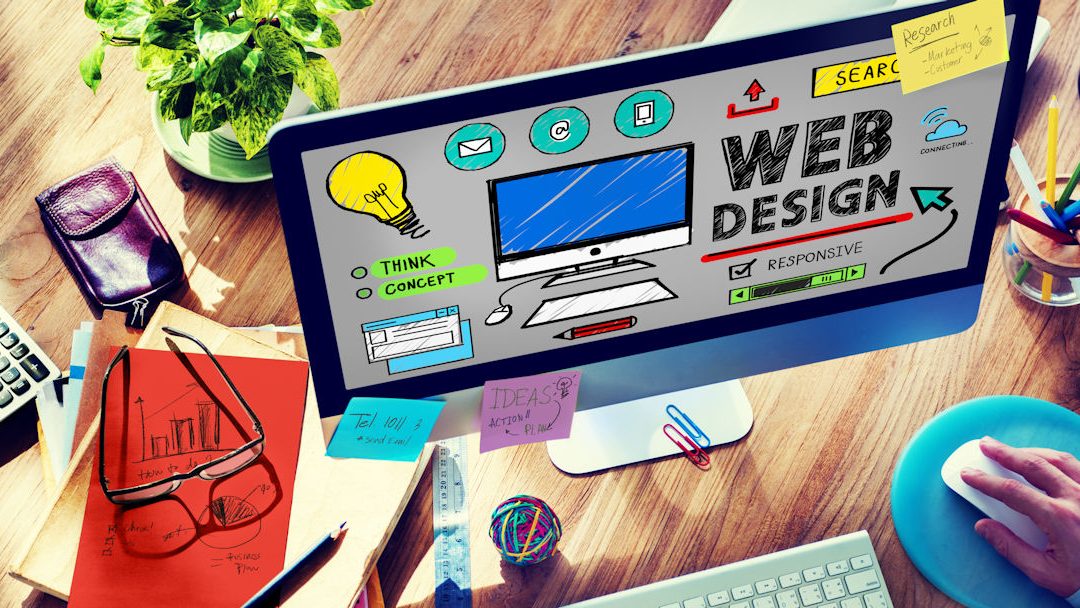How Web Design Impacts Your Business?
When you hear the word “web”, what crosses your mind? For many of us, it would be the beautifully designed website which comes by appealing colour, images, videos and a lot of information. Websites are the virtual reflection of their business.
Generally, a web designer works on the appearance, layout and in some case for the content also. There are two types of templates in web designing which offers different specification to their customers. The one is the ready-made template, which is most commonly used by the startup companies due to low budget of their business. In these types of templates, the user can manage the sort of designing part by their own. They can choose the templates according to their choice, hence the content, images, videos, etc all these things can be managed on their own. Another one is the Custom design template, which is most commonly used by the organisation of large scale. In this Custom website development, all the designing part is mainly handled by the team of experts or web designers according to the choice of customer’s business. It generally takes time and is quite costly to create a website in custom templates, where the layout, design, content, images, text, etc all these are done by web designers.
There are many elements which web designers use to create a website for their customer’s business or any organisation such as:
- Layout: Layouts are the way; the graphics, ads and the text are arranged. In today’s, web world, the major goal is to help the viewer find the information that they seek at a glance. Layouts mainly include the maintenance, balancing, and consistency.
- colours: Colours play the most crucial part in designing a website. The choice of the colours actually depends upon the purpose and the clientele. It can be simple (black & white) or multi-coloured, depending upon the requirements of the business and it should match with the theme of the brand logo so that people feel a consistency, symmetry & harmony.
- Graphics: Graphics generally include logos, photos, icons, clip-arts to enhance web design. Working with the colors and the content of the web page must be appropriately placed according to the requirement. You should not make it too congested or disorganised.
- Fonts: Use of various kinds of calligraphy can enhance the design of the website. The most web browser can only read selected no of fonts. Therefore, your designer must generally work within this accepted group.
- Content: Content and design works very well together to enhance the message of the site through text and visual. The test written on your website must be informative and relevant to the customer’s point of view.
- Navigation: Site architecture, menus and other tools used for navigation in the web design must be created with the consideration of how users browse and search. The goal is to help the user move easily onto your pages and find the information that they need.
- Compatibility: To perform equally well on different browsers and operating system, design the web page effectively. It will also increase the views on your website.
- Interactive: By adding comment box and opinion polls on your website, increase the active user participation and involvement of customers. With email forms and signups, convert users from visitors to clients.
- Technologies: More the advancement in the technology more is the freedom to movement and innovation to designers that allows web design is always fresh, dynamic and professional.
- Multimedia: Relevant and creative images, audio and video stimuli in the web design can help users to grasp the information; develop understanding in easy and quick manner.


 MEWS is a full service web development Internet marketing company and technology integrator founded in 2003, by leading industry consultants with previous technology experience.MEWS is an Internet services and solutions company with interests in website development – Mobile applications– domain name registrations - web hosting.
MEWS is a full service web development Internet marketing company and technology integrator founded in 2003, by leading industry consultants with previous technology experience.MEWS is an Internet services and solutions company with interests in website development – Mobile applications– domain name registrations - web hosting.